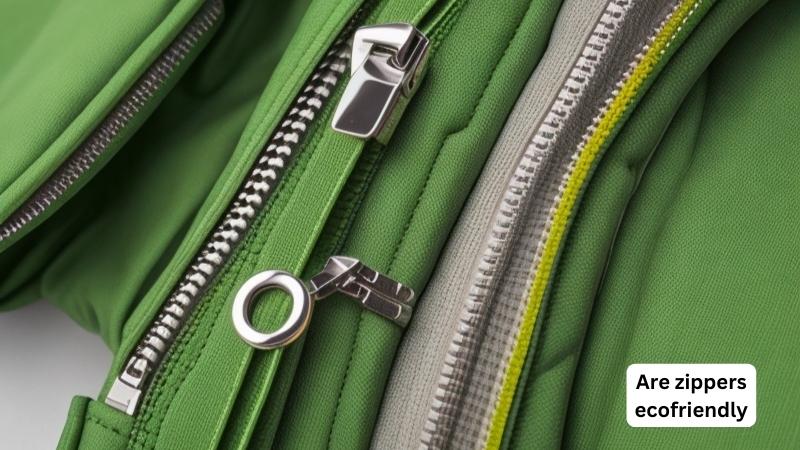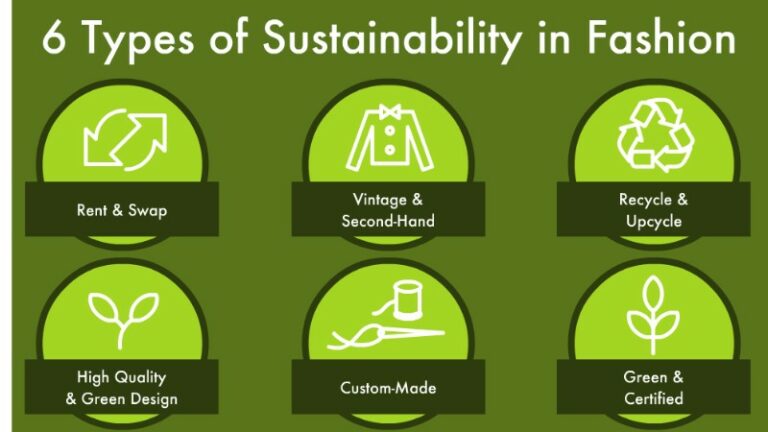Are zippers ecofriendly?
Today we know Are zippers ecofriendly or not. In the modern world, people are increasingly looking for ways to reduce their environmental impact. From eco-friendly cars and energy sources to sustainable fashion choices, there is a growing demand for products that are more conscious of the environment. One area that has come under scrutiny recently is zippers – but how eco-friendly are they really?
Here In this article, we explore the pros and cons of zippers from an environmental perspective in order to answer this important question.
common zipper materials (metal, plastic, etc.):
The two main zipper materials used today are metal and plastic. Metal zippers consist of small interlocking teeth made from brass, aluminum, nickel, or other metals and can be found on heavy-duty jackets, pants, and luggage. Plastic zippers feature molded teeth that slide along a plastic coil track. They’re usually found in lightweight garments such as blouses and skirts.
The environmental impact of each material should be taken into consideration when deciding what type of zipper to use or purchase. Metal zippers typically have a longer lifespan than their plastic counterparts, but their production is more resource-intensive. In addition, some metals used in the production of zippers are toxic and can contaminate the environment if not disposed of properly.
Plastic zippers are often cheaper to manufacture, but they break down easily and may not last as long as metal zippers. They also tend to shed microplastics which can make their way into our water systems and damage aquatic life. It is important to choose plastic zipper materials with care – look for those made from recycled or sustainable materials whenever possible.
The most sustainable option when it comes to zippers will depend on what you need them for and how often you plan to use them. Metal zippers may be a better choice for hard-wearing items that require extra reinforcement, while plastic zippers can be more environmentally friendly if they are made from recycled or sustainable materials.
It is important to research the materials used in the production of a zipper before you buy it to ensure that it will have a minimal environmental impact.
Explanation of the manufacturing process of zippers:
The manufacturing process of zippers involves a number of different steps and materials. Generally, the process starts with the selection, sorting, and preparation of the metal or plastic teeth that will be used to construct the zipper. Then, these components are cut into shapes according to design specifications. Next, holes may need to be punched into each tooth in order for them to fit onto the zipper tape.
The zipper tape is then assembled by stitching together pieces of fabric or other material. This can be done by hand or machine depending on the type and size of the desired zipper.
The teeth are then attached to the tape in a variety of ways including heat welding, gluing, crimping, riveting, etc. After this step is completed, the zipper is usually finished off with a pull tab or other accessories.
The environmental impact of zipper manufacturing is largely dependent on the materials and processes used in production. Plastic zippers typically require more energy to produce than metal ones, resulting in higher emissions of carbon dioxide and other pollutants.
Additionally, the use of certain dyes or chemicals when making colored plastic zippers can also contribute to air and water pollution if proper safety protocols aren’t followed
Explanation of how zippers are typically disposed of
Zippers are typically disposed of by being thrown away with regular household waste. While zippers are made from a variety of materials, most commonly plastic, there is little to no recycling infrastructure for them. This means that when they are disposed of in the trash, they end up in landfills and incinerators, where their components can linger for decades or centuries. This can have serious environmental implications, as these materials release toxins into the air and soil when exposed to heat or light or over time due to degradation.
In addition, the process of manufacturing zippers requires hazardous chemicals and resources which may pollute waterways and other areas if not properly disposed. To help reduce this environmental impact, it is important to practice proper disposal methods such as recycling or donating used zippers whenever possible.
Furthermore, being mindful of the materials used to make zippers when making purchasing decisions can help reduce the amount of waste generated from these products. The best way to ensure that a zipper is disposed of safely and responsibly is to consult with local specialists or organizations for advice on proper disposal methods in your area.

what are the Alternatives to traditional zippers?
Alternatives to traditional zippers include snap fasteners, toggle buttons, Velcro and lacing. Snap fasteners come in a variety of styles and sizes, making them suitable for many different applications.
Toggle buttons are great for when a snug fit is desired, as they can easily be adjusted to fit any size garment or bag. Velcro offers an easy way to open and close garments without needing to pull the material tight like with a zipper; it’s also popular due to its ease of use and wide range of colors available.
Finally, lacing is another option that isn’t often seen on clothing but could provide an interesting alternative look. All these alternatives offer a stylish way to avoid using traditional zippers.
final thought:
the eco-friendliness of zippers is that they are a great way to reduce waste when it comes to clothing and accessories. Zippers allow for more efficient use of fabric and materials, reducing the amount of excess material that would normally be discarded. They also provide an easy way to repair or update clothing, making them a great choice for those who want to reduce their environmental footprint. Additionally, many zipper manufacturers offer biodegradable options or products made from recycled materials that help further reduce their carbon footprint. Ultimately, zippers can be a great way to save money and resources while still maintaining quality fashion pieces that last you for years to come.


